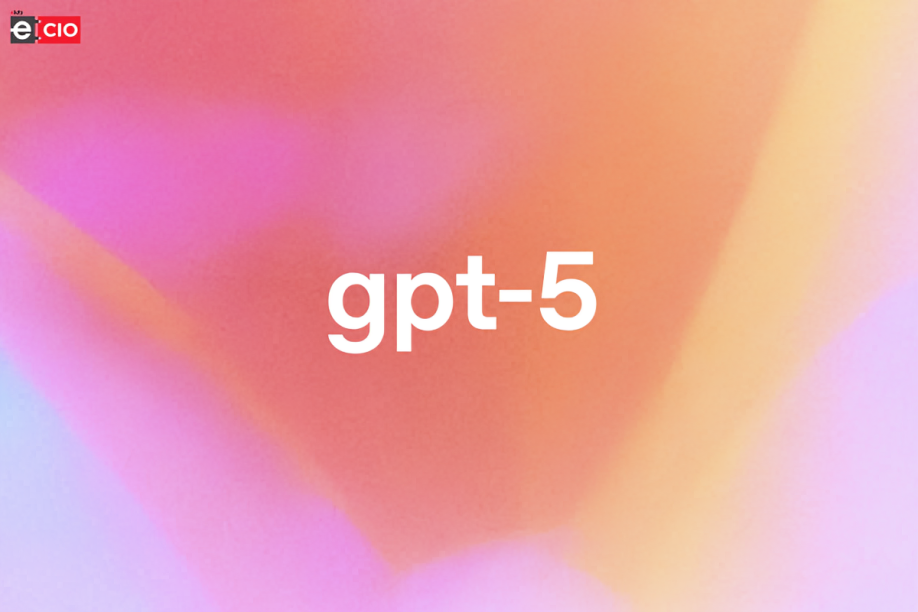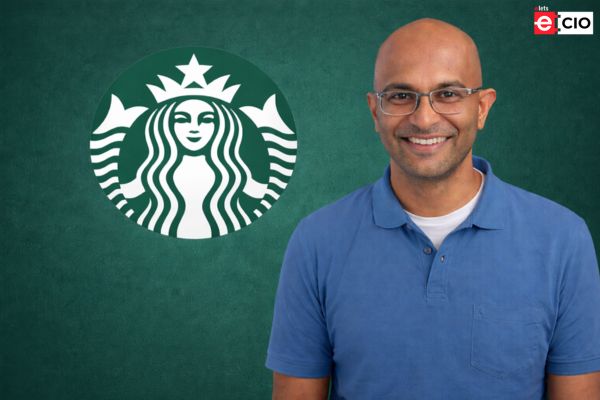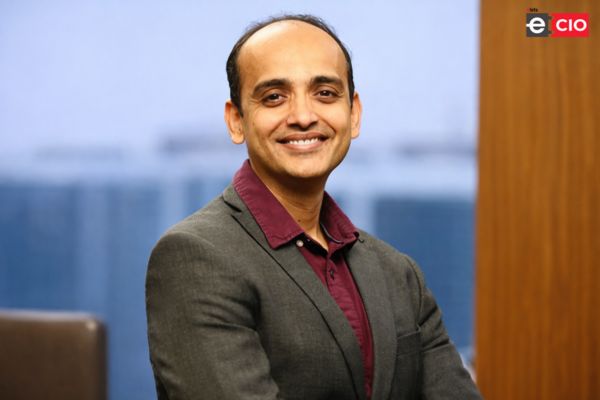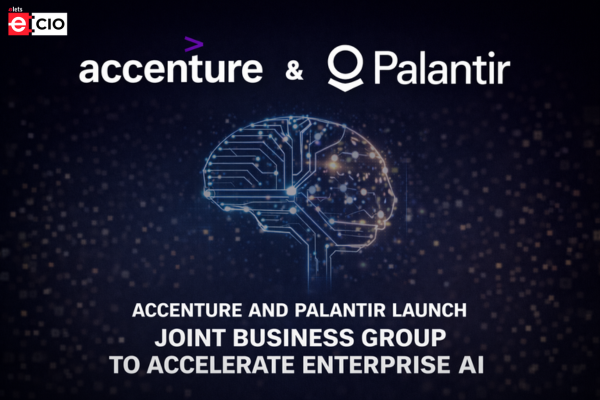
OpenAI has officially introduced GPT-5, its most advanced artificial intelligence model to date, marking a significant step forward in the global AI race. The model boasts state-of-the-art capabilities across a wide range of domains, including coding, mathematics, writing, healthcare, and visual perception. Designed as a unified system, GPT-5 can intelligently determine when to respond instantly and when to engage in extended reasoning, ensuring more accurate and expert-level responses.
The system incorporates three key components: a primary smart model for general queries, a deeper reasoning variant, GPT-5 Thinking for complex challenges, and a real-time router that selects the most suitable approach based on conversation type, difficulty, and user intent. This routing mechanism is continuously refined through real-world usage data, including model switches, user preferences, and measured accuracy. Once usage thresholds are met, a compact version of each model ensures uninterrupted service. OpenAI has indicated plans to merge these capabilities into a single integrated model in the near future.
In benchmark evaluations, GPT-5 outperforms its predecessors not only in speed but also in real-world utility. Significant progress has been made in reducing factual inaccuracies, enhancing instruction adherence, and minimising excessive agreement with user inputs. These improvements particularly benefit three of the most common use cases for ChatGPT: writing, coding, and healthcare assistance.
From a development standpoint, GPT-5 represents the company’s most capable coding model yet. It demonstrates notable advancements in front-end generation and large-scale debugging, producing visually appealing, functional websites, applications, and games in response to a single prompt. Early testers highlighted its refined design sense, with better handling of layout, typography, and spacing elements crucial to professional software development.
Speaking at the launch, OpenAI CEO Sam Altman described GPT-5 as “a significant step toward models that are truly capable,” comparing the model’s intelligence to that of a PhD-level expert. While emphasising that GPT-5 is not yet capable of continuous self-learning—an attribute often associated with artificial general intelligence—Altman underscored the model’s leap in performance over previous iterations.
The launch comes amid intense competition in the AI sector, with tech giants such as Google and Microsoft investing heavily in their own generative AI platforms. OpenAI’s latest release positions it at the forefront of the field, particularly in its “vibe-coding” capability—the ability to design software based on abstract user intent. Demonstrations included the rapid creation of a French language learning application, showcasing the model’s adaptability.
Safety remains a central focus. According to Alex Beutel, OpenAI’s safety research lead, GPT-5 has been trained to minimise harmful or deceptive outputs, delivering trustworthy and contextually appropriate information. The model’s safeguards are designed to prevent misuse while maintaining high levels of utility.
With nearly 700 million weekly users of ChatGPT, GPT-5’s rollout free for all, with extended features for Plus and Pro subscribers, marks a pivotal moment in the evolution of consumer AI technology. As OpenAI continues its push toward AGI, the company signals that this is only the beginning of even more powerful and reliable AI systems.
Be a part of Elets Collaborative Initiatives. Join Us for Upcoming Events and explore business opportunities. Like us on Facebook , connect with us on LinkedIn and follow us on Twitter.
"Exciting news! Elets technomedia is now on WhatsApp Channels Subscribe today by clicking the link and stay updated with the latest insights!" Click here!












